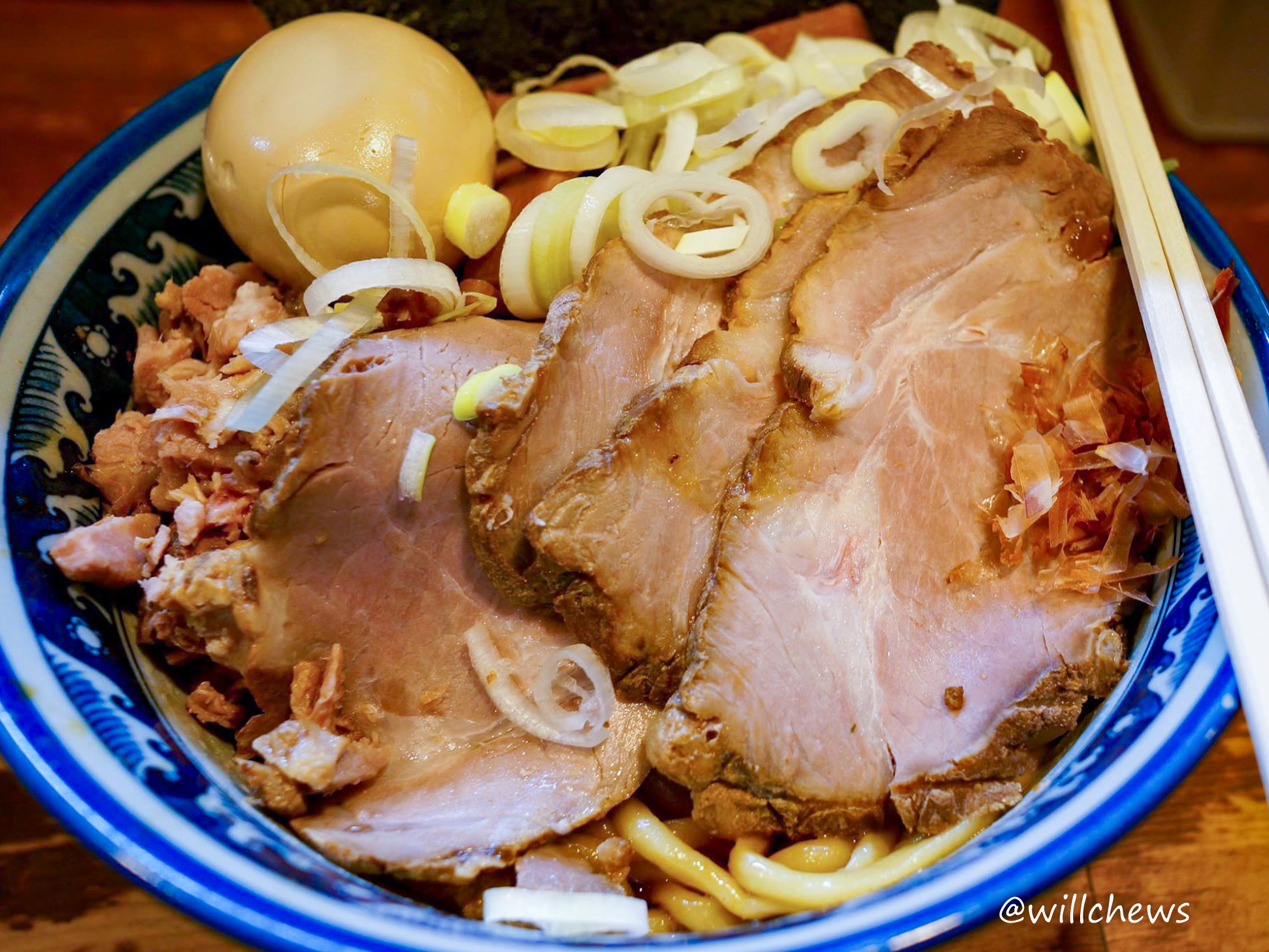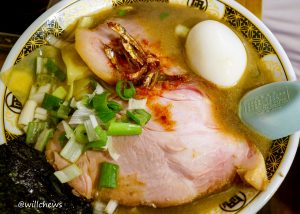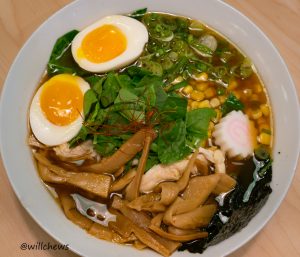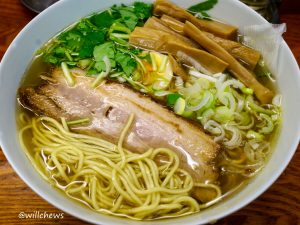As the subpar photo here suggests, I visited Tonikaku early on in my ramen explorations. As an underinformed (but determined) ramen eater, I chose shops to visit by searching Tabelog–Japan’s Yelp, except better and more trustworthy–and working my way down the ratings. Tomita, one of the best shops in the Kanto area and known most for its tonkotsu-gyokai, was near at the top of that list. However, when I arrived at Tomita at 10:45 am, I mistakenly thought I would only have to wait 15 minutes in line to get first seating at 11:00; it became an early lesson on the seiriken system.
Seiriken (整理券, numbered tickets) are used by popular ramen shops to avoid overly long, neighborhood resident-annoying lines in Japan’s mixed-use neighborhoods. (More information here about how Japan’s zoning system is different from–and more effective than–North America’s, really worth a read) Generally, shops start handing out seiriken early in the morning in exchange for a 1000 yen cash deposit, valid for use at a set timeslot later that day, such as 11:00am to 12:00 noon. One can get a seiriken later on that day, but it almost inevitably will be good for seating a few hours hence. My arrival at Tomita at 10:45, therefore, meant that all the seiriken until 2pm were already given out and I would have to find something to do in Matsudo until then. So, Anyway…
Aburasoba, (油そば, “oil noodles”) uses similar components as ramen, but rather than the tare flavoring being mixed with pork/fish/chicken stock to make ramen broth, the tare is mixed with fat/oil. To compensate for the lack of broth, one usually receives more noodles in an aburasoba or tsukemen order than they would in a ramen one, and the noodles are usually quite thick. But even my “small”-size order was enough for my hearty appetite, in part because the aburasoba still came with a small cup of broth on the side for finishing it off.
Having had aburasoba for the first time, I instantly loved it because of how the shoyu tare and oil draped themselves over the thick and chewy noodles. While I’ve had numerous aburasoba since and now have much greater perspective on the style, at the time it was a revelation. Ordering it as zenbunose meant four slices of chashu, a smoked ajitama egg, several sheets of nori, and a great deal of menma bamboo shoots. The chashu were generous cuts of shoulder, solid but not exceptional, making for an all-around solid rather than an exceptional bowl.



